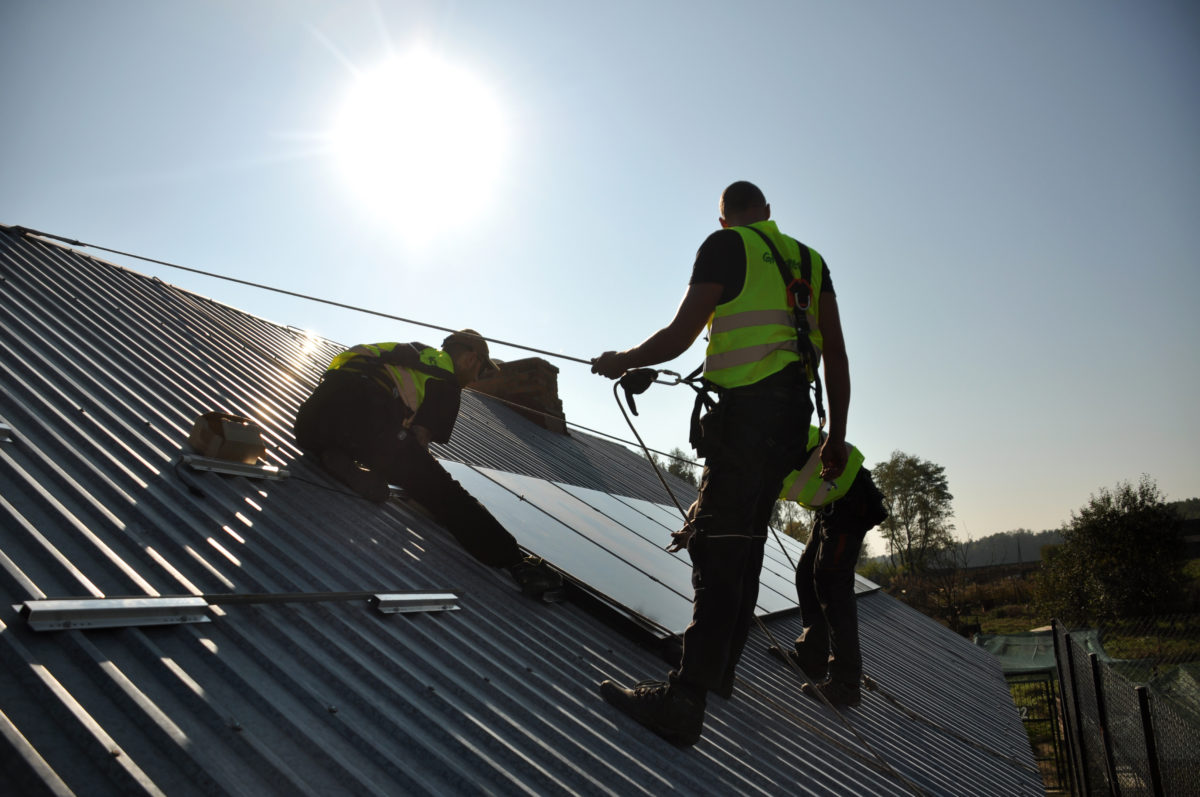Improved energy efficiency in consumer electronic goods, and a marked reduction in energy-intensive heavy industry have certainly been factors in helping Great Britain (excluding Northern Ireland, so not the U.K. as a whole) register its lowest quarterly power demand for eight years, but the role of distributed solar power embedded into the system cannot be overlooked – that is the conclusion of the latest Q2 2017 GB Electricity Market Summary Report by EnAppSys.
According to the data, average half-hourly power demand in July was 26. 2 GW, and average half-hourly gross demand was 29.2 GW – the former the lowest monthly total since 2009, the latter a record low. With 3 GW half-hourly average of embedded generation, the impact of solar’s rise has been stark, the data showed.
Throughout the month of July, average solar generation between the optimum hours of 10am and 2pm was 4.4 GW per half-hour. This helped reduce peak demand by 13% from the gross average of 34.1 GW. Cumulative solar PV capacity in Great Britain now stands at 12.5 GW, the EnAppSys summary shows, and on July 17 a generation peak of 7.3 GW of solar was recorded.
“The increase in embedded generation, particularly solar, has had a noticeable effect on the daily demand curve,” said EnAppSys analyst Katie Fenn. “It is now common to see a dip in demand in the middle of the day. Whilst this makes it difficult for large units to achieve long runs, and so reduces the spinning reserve online, this may not be such a big problem for system stability as it might appear, as fewer large units on line reduces the likelihood of a large single point of loss.”
Popular content
Combined with nuclear, ‘clean’ electricity met 53% of power demand in Q2, ranging between 36% and 72% across the quarter depending upon weather conditions. Renewables alone contracted 3.5% against Q1, but this is largely due to the less windy conditions of the spring and summer months. Year-on-year, however, renewable capacity was 56% higher in Q2 2017 than it was in Q2 2016.
Solar energy accounted for 19% of the renewable share, providing 4.1 TWh of generation over the quarter.
This content is protected by copyright and may not be reused. If you want to cooperate with us and would like to reuse some of our content, please contact: editors@pv-magazine.com.


By submitting this form you agree to pv magazine using your data for the purposes of publishing your comment.
Your personal data will only be disclosed or otherwise transmitted to third parties for the purposes of spam filtering or if this is necessary for technical maintenance of the website. Any other transfer to third parties will not take place unless this is justified on the basis of applicable data protection regulations or if pv magazine is legally obliged to do so.
You may revoke this consent at any time with effect for the future, in which case your personal data will be deleted immediately. Otherwise, your data will be deleted if pv magazine has processed your request or the purpose of data storage is fulfilled.
Further information on data privacy can be found in our Data Protection Policy.